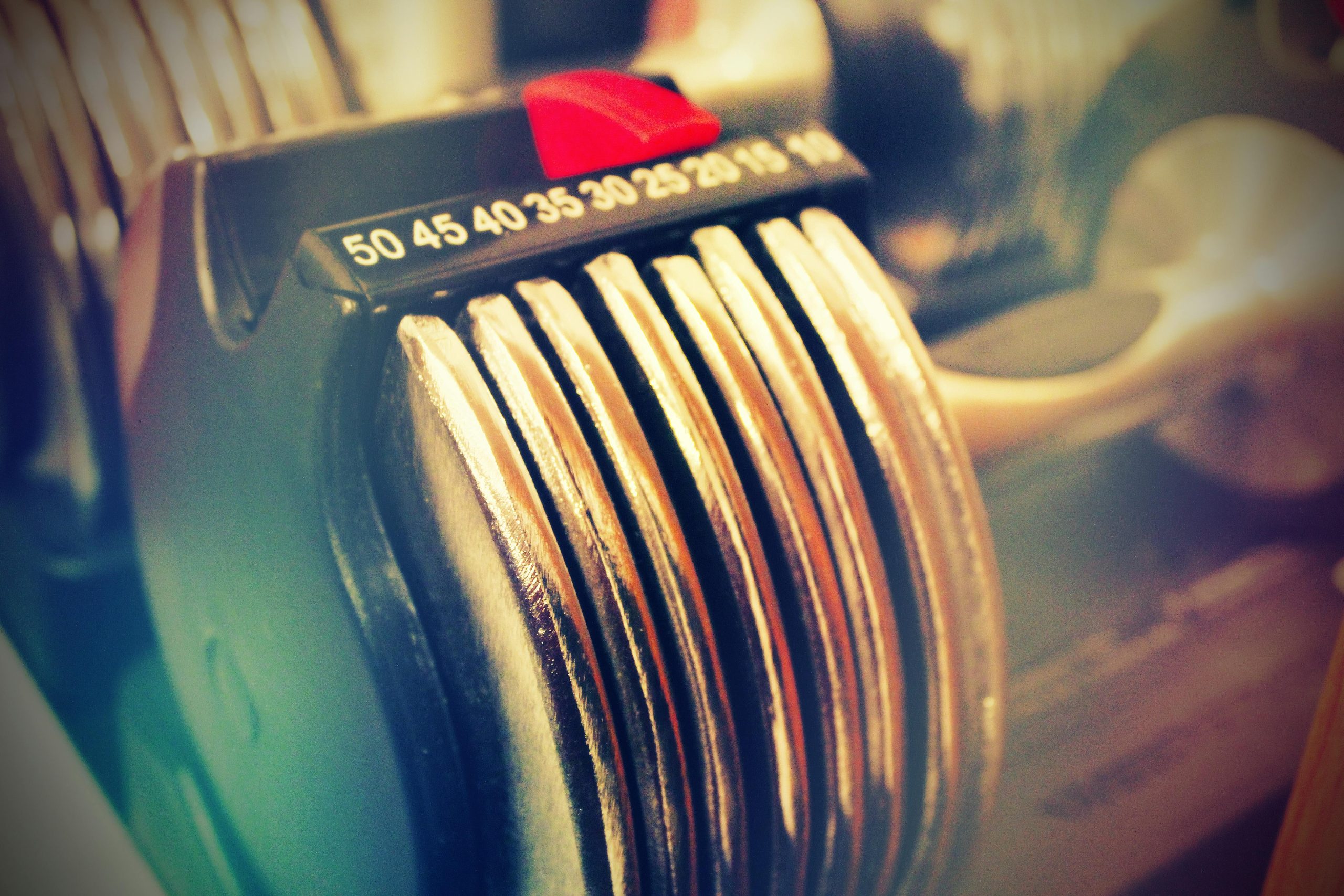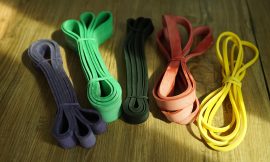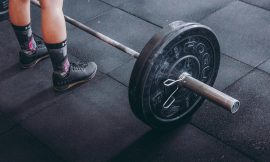You want to work out at home, but the idea of turning your apartment into a cluttered gym sounds exhausting. Equipment piles up, takes over your living room, and half of it never gets used anyway.
The good news? You don’t need a room full of equipment to stay strong and fit. A minimal home gym setup gives you everything you need to build muscle, improve cardio, and stay in shape—without the clutter, wasted money, or overwhelm.
Here are the five essential pieces (and nothing else) for a functional, minimal home gym that actually fits your space and your life.
What Makes a Home Gym “Minimal”?
A minimal home gym isn’t about sacrifice—it’s about being intentional. Instead of buying every piece of equipment you might someday use, you focus on versatile gear that handles multiple exercises and doesn’t take over your apartment.
The goal is simple: maximum results, minimum clutter. Every piece should earn its place by being functional, space-efficient, and something you’ll actually use consistently.
1. Adjustable Dumbbells
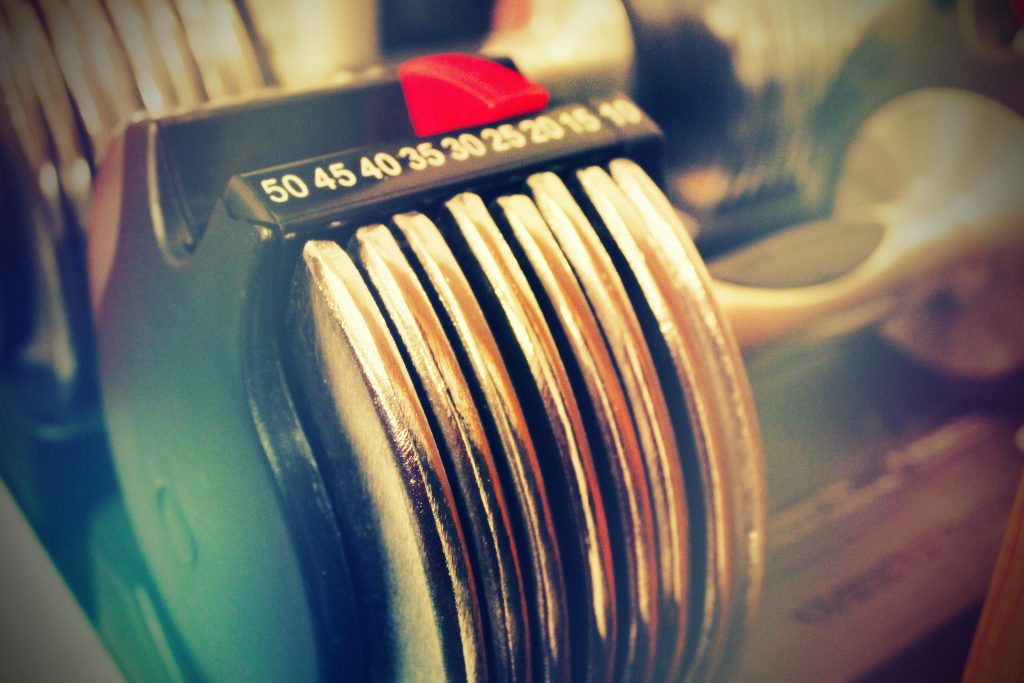
If you could only pick one piece of equipment, adjustable dumbbells would be it. They replace an entire rack of weights and take up about as much space as a pair of shoes.
With adjustable dumbbells, you can do chest presses, shoulder raises, squats, lunges, rows, and bicep curls—basically every major muscle group. Brands like Bowflex and PowerBlock let you adjust from 5 to 50+ pounds with a quick twist or slide, so you’re not storing multiple pairs of weights.
The investment is higher upfront (usually $200-$400), but you’re getting 10+ pairs of dumbbells in one compact set. For a minimal home gym setup, adjustable dumbbells are non-negotiable.
Top Picks:
- Flybird Adjustable Dumbbells – Best value option. Adjusts 5-25 lbs per dumbbell. Safety lock design, budget-friendly (~$150-200 for the pair).
- PowerBlock Sport EXP – Compact and expandable design. Starts at 5-50 lbs, can expand to 90 lbs. Takes up minimal floor space.
- REP QuickDraw Adjustable Dumbbells – Premium option. Quick adjustment mechanism, durable construction. Available in multiple weight ranges (5-30, 5-40, 5-50, 5-60 lbs).
Pro tip: Test the adjustment mechanism before buying. Some systems are faster and smoother than others, and a clunky mechanism gets annoying fast.
2. Resistance Bands (With Door Anchor)
Resistance bands are the most underrated piece of gym equipment. They’re portable, silent, and can replicate almost every cable machine exercise you’d do at a commercial gym.
Get a set with handles and a door anchor. The door anchor lets you attach the band to any door and do lat pulldowns, chest flys, tricep extensions, and rows. Without the anchor, you’re limited to floor exercises and stretches—still useful, but not as versatile.
A quality resistance band set costs $20-$50 and stores in a drawer. When you’re done working out, they disappear. No footprint, no clutter, no compromises. If you’re debating between bands and other equipment, check out our guide on resistance bands vs. dumbbells for small spaces to see which works best for your goals.
Top Picks:
- Fit Simplify Resistance Loop Bands – Best for beginners. Includes 5 resistance levels, carry bag, and instruction guide. Under $15.
- WHATAFIT Resistance Bands Set – Best value (less than $30 for five bands with handles and door anchor). Includes handles, ankle straps, and door anchor for versatile workouts. Over 20,000+ five-star reviews on Amazon.
- TRX Suspension Trainer – If you want bodyweight resistance training. Attaches to doors or pull-up bars. More expensive ($150+) but incredibly versatile.
Pro tip: Buy bands with varying resistance levels (light, medium, heavy). As you get stronger, you’ll need heavier resistance to keep progressing.
3. Yoga Mat or Exercise Mat
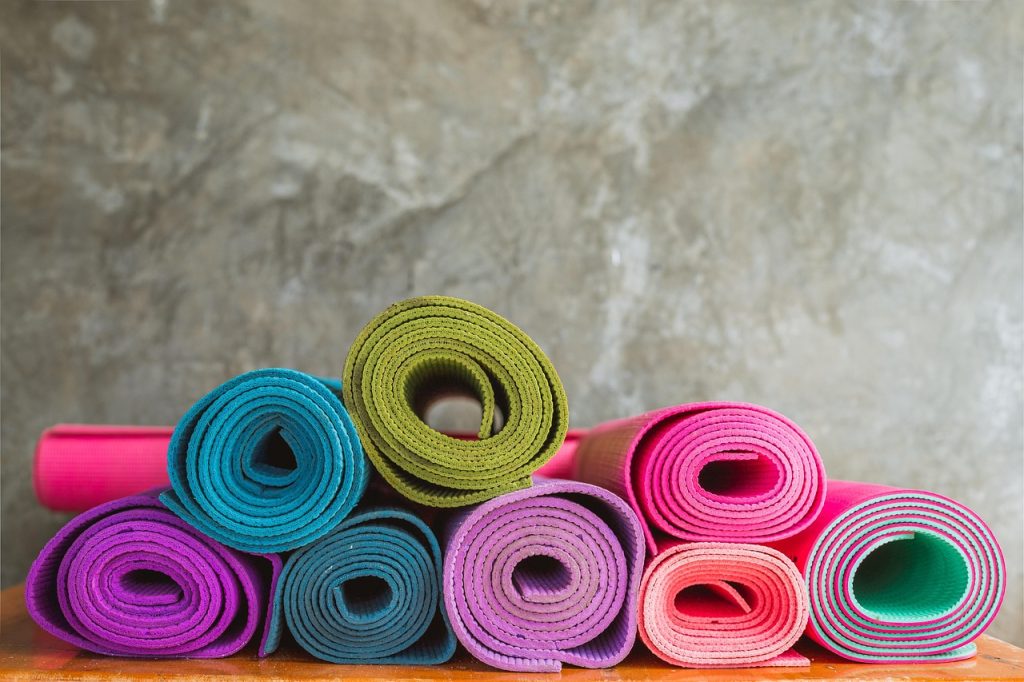
You need something between you and the floor—for stretching, core work, yoga, and bodyweight exercises. A good exercise mat also protects your floors from dropped weights and gives you a dedicated workout zone.
Look for a mat that’s at least 6mm thick if you’re doing floor exercises regularly. Thinner mats (3-4mm) work for yoga but aren’t cushioned enough for high-rep ab work or push-ups. A quality mat costs $20-$60 and lasts years.
Bonus: A mat visually defines your workout space. Roll it out, and your living room becomes a gym. Roll it up, and it’s a living room again. That mental boundary matters when your home gym shares space with your couch.
Top Picks:
- BalanceFrom GoYoga All-Purpose Mat – Budget-friendly ($20-25). 1/2 inch thick, includes carrying strap. Great starter mat.
- Manduka PRO Yoga Mat – Premium option ($100+). Lifetime guarantee, ultra-dense cushioning, best for serious daily use.
- Gorilla Mats Premium Exercise Mat – Best for apartment gyms. 7mm thick, extra-large (6ft x 4ft), perfect for protecting floors from equipment.
Pro tip: Get a mat with a non-slip surface. Sweaty hands sliding during planks or push-ups ruins your workout and risks injury.
4. Pull-Up Bar (Doorway-Mounted)
Pull-ups and chin-ups are some of the best upper body exercises you can do, and a doorway pull-up bar makes them possible without construction or wall damage.
Most doorway pull-up bars install in seconds with no drilling required. They wedge into the door frame and can hold 200-300 pounds safely. When you’re not using it, take it down and store it in a closet.
Pull-up bars cost $25-$50, and they open up an entire category of exercises: pull-ups, chin-ups, hanging leg raises, and even resistance band exercises if you loop bands over the bar.
Top Picks:
- Perfect Fitness Multi-Gym Doorway Pull Up Bar – Most popular option ($30-40). Three grip positions, padded handles, fits most door frames.
- Iron Gym Total Upper Body Workout Bar – Budget pick ($20-30). Simple, effective, no-frills design.
- Garren Fitness Maximiza Pull Up Bar – Best for wide door frames. Heavy-duty, holds up to 440 lbs.
Pro tip: Measure your door frame before buying. Not all pull-up bars fit all door frames, and returning gym equipment is a hassle.
5. Jump Rope (Optional but Recommended)
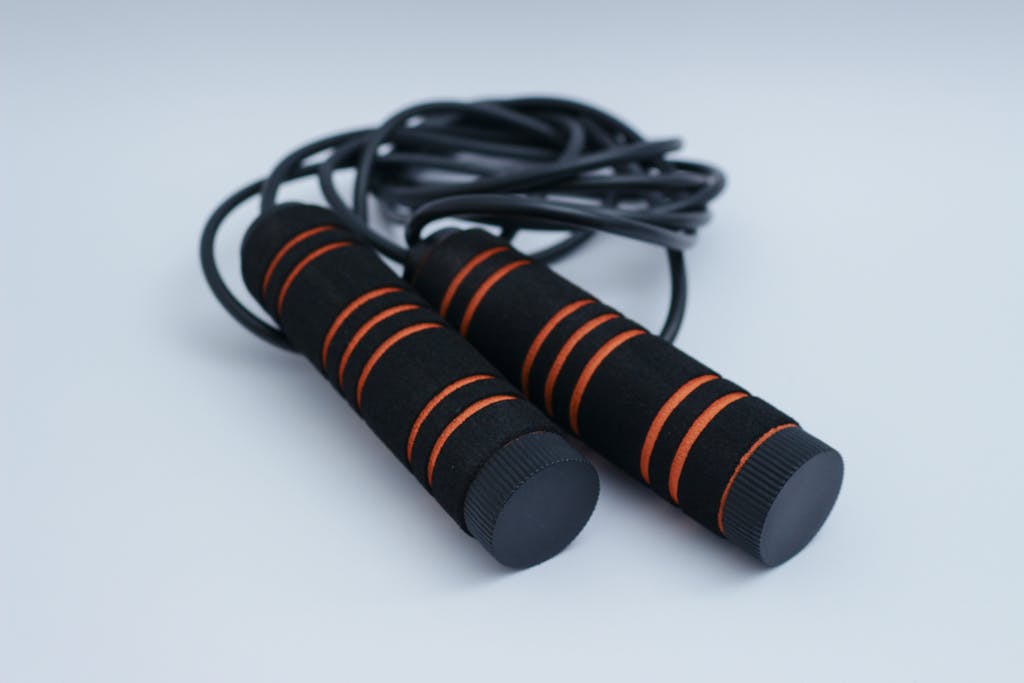
If you want cardio without leaving your apartment or buying a treadmill, a jump rope is your answer. It’s portable, costs $10-$30, and delivers one of the most efficient cardio workouts you can do.
Ten minutes of jump rope burns as many calories as 30 minutes of jogging, and it doesn’t require much space—just enough room to swing the rope without hitting furniture or low ceilings.
Jump ropes also store in a drawer and weigh almost nothing. If cardio is part of your routine, a jump rope earns its spot in a minimal home gym setup.
Pro tip: If you have downstairs neighbors, use a mat underneath or skip the jump rope and stick with bodyweight cardio like burpees, mountain climbers, or high knees. Living in an apartment means being mindful of noise—if quiet workouts matter to you, we’ve got more tips in our article on apartment-friendly fitness solutions.
What You DON’T Need in a Minimal Home Gym
Here’s what doesn’t make the cut—and why:
Bench: Nice to have, but adjustable dumbbells let you do most pressing exercises on the floor or standing. If space is tight, skip it.
Barbell and plates: Takes up too much space and limits exercise variety compared to dumbbells. Only buy if you’re serious about powerlifting.
Kettlebells: Great equipment, but adjustable dumbbells cover the same exercises. Don’t buy both unless you have a specific reason.
Treadmill/stationary bike: Foldable options exist (check out our guide on foldable gym equipment that fits in a closet), but a jump rope or bodyweight cardio works just as well in less space.
Foam roller, ab wheel, ankle weights: All useful, but not essential. Add these later if you want them—they’re not core to your minimal setup.
How to Set Up Your Minimal Home Gym
Step 1: Choose your spot Pick a corner, wall, or section of your living room. You don’t need a dedicated room—just enough space to swing your arms and move freely.
Step 2: Store equipment nearby Keep dumbbells on a small shelf or in a closet. Hang resistance bands on a hook. Roll up your mat and lean it in a corner. Everything should be within arm’s reach so you’re not hunting for equipment mid-workout. For more creative storage ideas that work in small apartments, check out our guide on smart storage for small apartments.
Step 3: Keep it visible (but not cluttered) If your equipment is hidden away, you’ll forget to use it. Keep your mat rolled up in a corner, dumbbells on a small shelf, and resistance bands on a wall hook. Visible = more likely to use.
Step 4: Define the zone Even if you don’t have a separate room, rolling out your mat creates a mental boundary. This is your workout space—even if it’s temporary.
Sample Minimal Home Gym Workouts
Full-Body Strength (3x per week):
- Dumbbell squats
- Dumbbell chest press (on floor)
- Dumbbell rows
- Dumbbell shoulder press
- Resistance band bicep curls
- Resistance band tricep extensions
Upper Body Pull (2x per week):
- Pull-ups or chin-ups
- Resistance band rows
- Dumbbell bicep curls
- Dumbbell shrugs
Cardio + Core (2-3x per week):
- Jump rope (10 minutes)
- Plank holds
- Bicycle crunches
- Mountain climbers
- Leg raises
The Real Cost of a Minimal Home Gym
Here’s what you’re looking at:
- Adjustable dumbbells: $200-$400
- Resistance bands (with door anchor): $20-$50
- Yoga mat: $20-$60
- Pull-up bar: $25-$50
- Jump rope: $10-$30
Total: $275-$590
That’s less than six months of a typical gym membership. And you own it forever—no monthly fees, no commute, no waiting for equipment.
Is a Minimal Home Gym Enough?
Yes—if you’re consistent. The equipment matters way less than the effort you put in. You can build muscle, lose fat, and improve fitness with just these five pieces.
Commercial gyms have more equipment, but most people only use 5-10 machines regularly anyway. A minimal home gym forces you to focus on compound movements and functional strength—which is often more effective than bouncing between 20 different machines.
The best gym is the one you actually use. If a minimal setup at home means you work out more often, it’s already better than a fancy gym membership you rarely visit.
You don’t need a room full of equipment to stay strong and fit. A minimal home gym setup gives you everything essential without the clutter, cost, or complexity. Start with these five pieces, stay consistent, and you’ll see results.
And if you’re ready to dive deeper into building your home gym, subscribe to our newsletter for weekly tips on small-space fitness and practical equipment recommendations.
Quick Comparison: What Fits Where
Fits in a drawer:
- Resistance bands
- Jump rope
Fits on a shelf:
- Adjustable dumbbells (one pair)
Leans in a corner:
- Yoga mat (rolled up)
- Pull-up bar (when not in use)
Total footprint when stored: Less than 2 square feet


